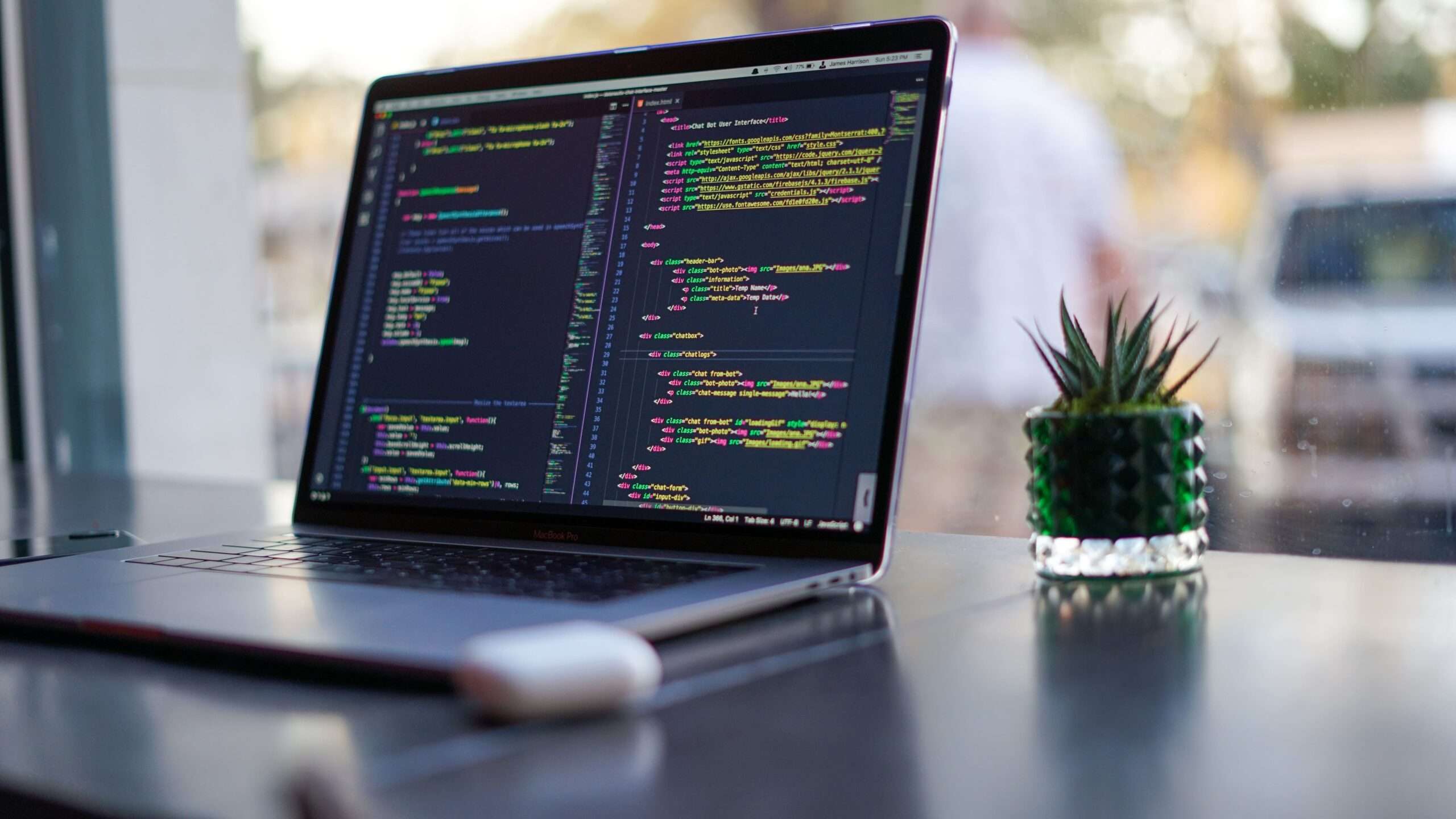
Introduction to JavaScript Console Tips
If you are looking for JavaScript Console Tips then you are on right place. JavaScript’s console is a powerful tool used by developers for logging, debugging, and analyzing code. In this article, we’ll delve into various tips and techniques to maximize the efficiency and effectiveness of using the JavaScript console in your projects and this will help you to understand JavaScript Console Tips.
Table of Contents
What is the console?
The console is an interface within a browser’s developer tools that displays messages, errors, and more. It’s a crucial aid in JavaScript development, providing insights into code execution.
Importance of the console
Debugging:
One of the primary roles of the console is to assist in debugging code. Developers use it to track variables, check values, and identify errors within their scripts. By strategically placing console.log statements, they can trace the flow of their code and pinpoint issues swiftly and this will help you to understand JavaScript Console Tips.
Logging:
Console logs act as a window into the behavior of a program. Developers use logging to record important data, messages, or errors during runtime. This practice helps in understanding how the code operates, aiding in the identification of performance bottlenecks or unexpected behaviors.
Basic Commands
Logging data:
Demonstrating the use of console.log() to display information, variables, and messages in the console.
Styling messages:
Utilizing console to apply styles and formatting to log messages for clearer differentiation.
Debugging
Inspecting variables:
Explaining how to inspect and log variables effectively using the console.
Using console.assert():
Leveraging console.assert() to assert assumptions and trigger warnings based on conditions.
Advanced Techniques
Grouping messages:
Showcasing the console.group() and console.groupEnd() functions for organizing and structuring logged data.
Timing operations:
Demonstrating console.time() and console.timeEnd() for measuring execution times.
Code Examples:
Certainly, here are five code examples demonstrating various uses of JavaScript console methods:
1.Logging Basic Messages:
// Description: Logging a basic message to the console
console.log('Hello, world!');
This code demonstrates the simplest use of console.log() to output a message to the console.
2.Styling Console Logs:
// Description: Styling console output using CSS const message = '%cStyled Text!'; const style = 'color: blue; font-weight: bold;'; // Define CSS styles console.log(message, style);
Using %c in console.log() allows applying CSS styles to the logged message.
3.Logging Warnings:
// Description: Logging a warning message
console.warn('This is a warning!');
console.warn() is used to display a warning message in the console.
4.Logging Errors:
// Description: Logging an error message
console.error('Oops! An error occurred.');
console.error() is used to display an error message in the console.
5.Logging Data in a Table:
// Description: Logging data in tabular format
const data = [
{ name: 'John', age: 30 },
{ name: 'Alice', age: 25 },
];
console.table(data);
console.table() formats and displays structured data like arrays or objects in a tabular format for better readability in the console.
These examples of JavaScript Console Tips showcase how various console methods can be used for logging, styling, warnings, errors, and presenting data in a more structured manner within JavaScript.
Conclusion:

Mastering the JavaScript console is akin to wielding a powerful tool in the developer’s arsenal. Throughout this article, we’ve explored its multifaceted functionalities, from basic logging commands to advanced debugging techniques. Understanding the console isn’t merely about logging data; it’s about unlocking the potential to streamline debugging, optimize code performance, and gain invaluable insights into code execution.
By comprehending how to utilize console.log() effectively for data representation, applying styles to messages for clearer interpretation, and employing assertions and variable inspections, developers can navigate through complex code structures with greater ease and accuracy. Moreover, advanced techniques like grouping messages and timing operations enable a more organized and efficient approach to code analysis and optimization and this will help you to understand JavaScript Console Tips.
Embracing the console’s capabilities empowers developers to not only identify and rectify errors swiftly but also to fine-tune their code for optimal performance. This proficiency elevates the development process, leading to more robust, efficient, and scalable JavaScript applications and this will help you to understand JavaScript Console Tips.
FAQs:

1: How do I clear the console?
console.clear() is the command used to clear the console, removing all logged messages.
2: What’s the difference between console.log and console.error?
While both log messages to the console, console.error() specifically highlights messages as errors, displaying them in red for immediate attention.
3: Can I use the console for input?
The console primarily serves as an output interface and doesn’t inherently provide input capabilities.
4: How can I log objects to the console?
Objects can be logged using console.log(). For instance: console.log(myObject) displays the object contents.
5: Is the console available in all browsers?
Most modern browsers support the console, but older versions or specific configurations might have limited functionalities.
6: Can I log arrays using console.log()?
Yes, arrays can be logged using console.log(). For example: console.log(myArray) displays the array contents.
7: How can I style console messages?
Using CSS-like syntax within console.log(), styles can be applied to messages for better readability and organization.
This comprehensive understanding of the JavaScript console equips developers with indispensable skills, fostering efficient coding practices and optimizing the development workflow and this will help you to understand JavaScript Console Tips.

Informative
Informative
Good
Valuable information. Lucky me I discovered your site unintentionally,
and I’m stunned why this accident didn’t came about
earlier! I bookmarked it.
Also visit my web page vpn special coupon code 2024
We’re a gaggle of volunteers and starting a
new scheme in our community. Your web site provided us with
useful information to work on. You have done an impressive activity and
our entire neighborhood might be thankful to you.
my webpage – vpn special code
Pretty great post. I just stumbled upon your blog and
wanted to mention that I’ve really loved
surfing around your weblog posts. In any case I will be
subscribing on your feed and I hope you write again very soon!
Feel free to visit my web blog … vpn special code
Excellent article. I’m dealing with some of these issues as well..
Here is my web-site vpn special coupon code 2024
Aw, this was a very nice post. Taking a few minutes and actual effort to make a superb article… but what can I say… I procrastinate
a lot and never manage to get anything done.
Here is my webpage; vpn coupon code 2024
Article writing is also a excitement, if you know after
that you can write if not it is complicated to write.
my blog: vpn special coupon code 2024
Howdy! This is my 1st comment here so I just wanted to give
a quick shout out and tell you I truly enjoy reading through
your articles. Can you suggest any other blogs/websites/forums
that cover the same subjects? Many thanks!
my site; vpn special coupon
Valuable information. Lucky me I found your website by accident, and I’m shocked why this accident didn’t happened earlier! I bookmarked it.